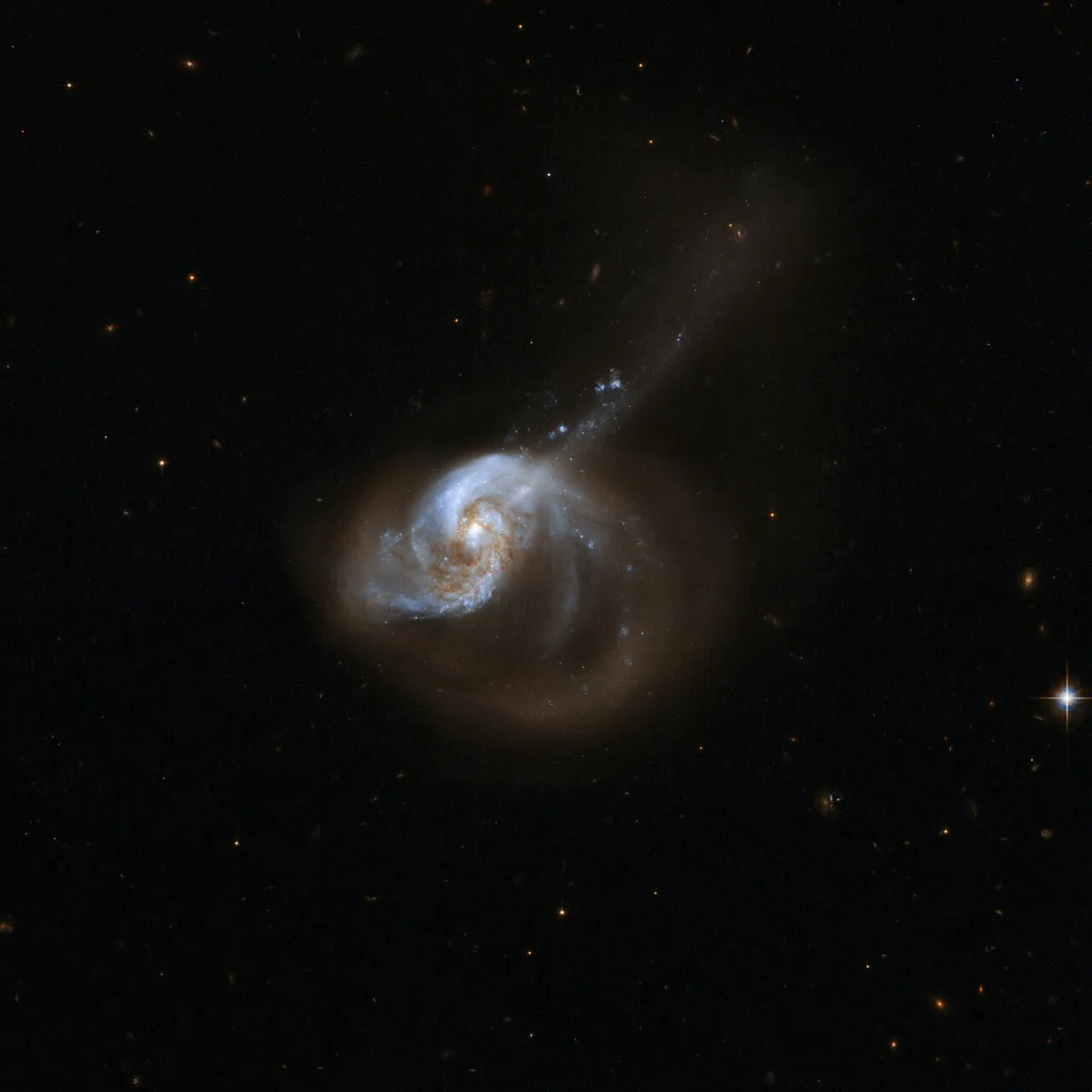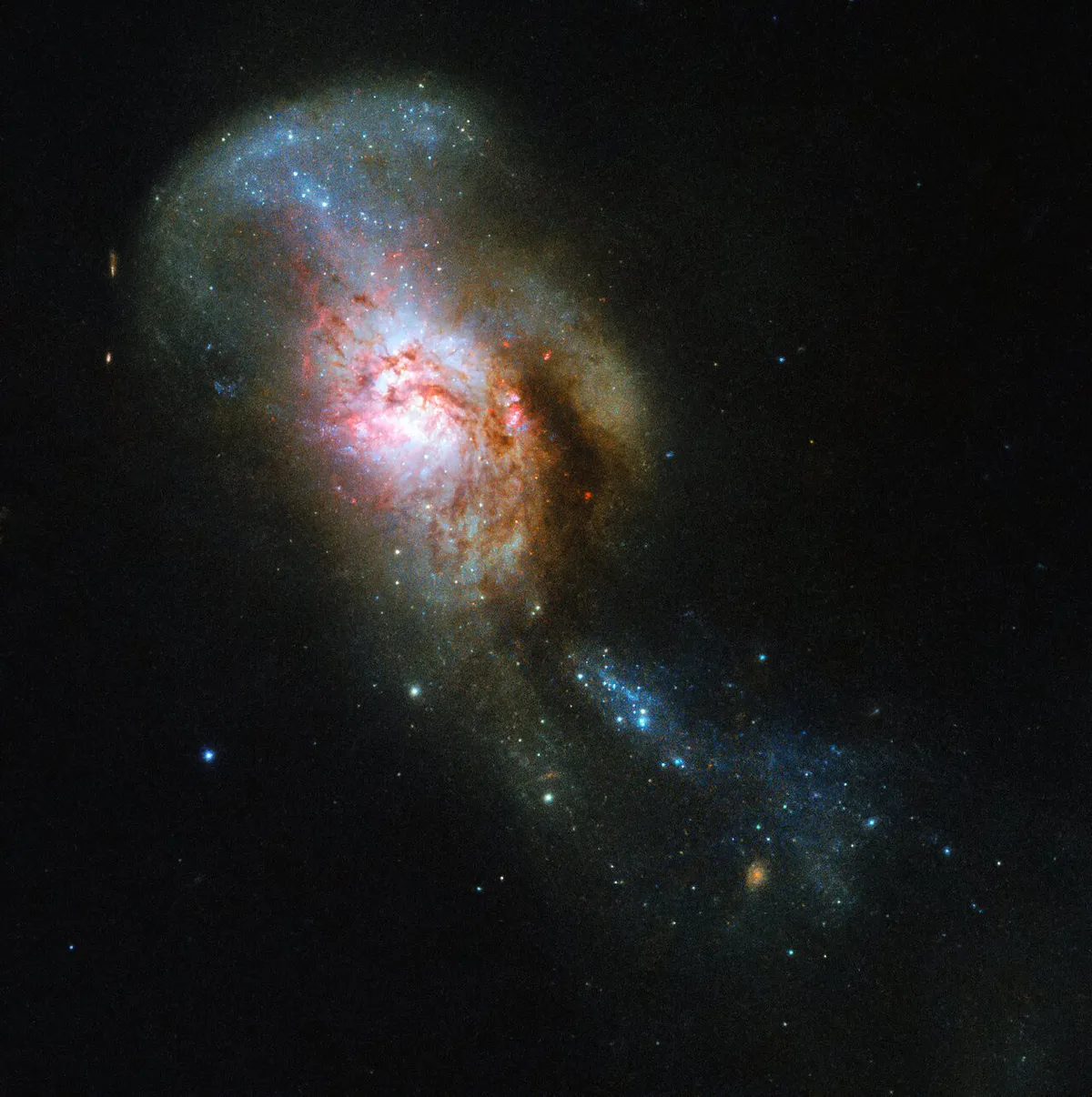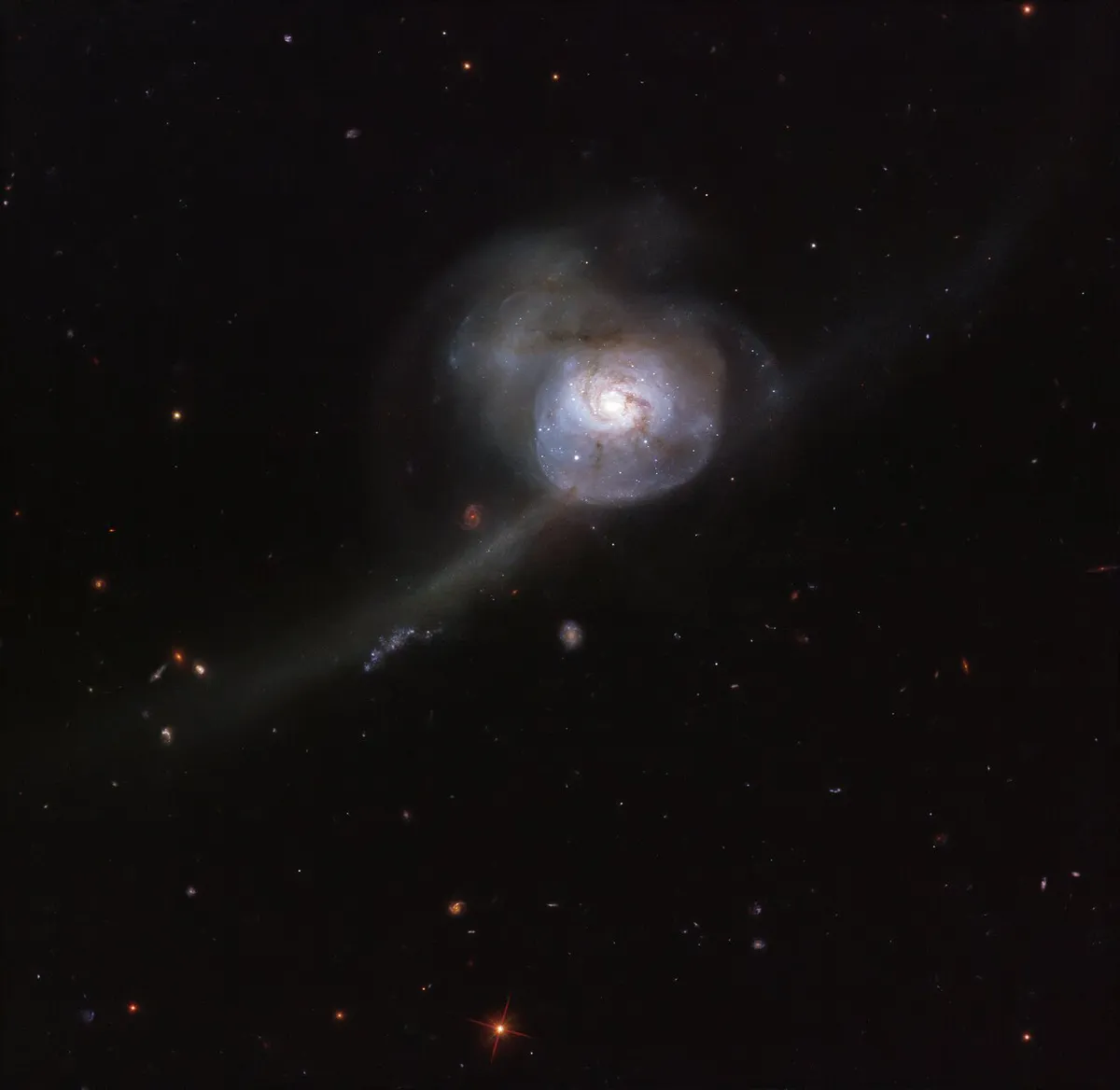Astronomers have released 6 incredible images of colliding galaxies, illustrating some of the violent, energetic yet beautiful processes that occur throughout the cosmos.
We've come a long way since astronomy's Great Debate of 1920, when astronomers debated the scale of the Universe and whether distant galaxies did indeed exist. Today's astronomers benefit from space telescopes like the Hubble Space Telescope, orbiting Earth and giving us incredible views of galactic formation and collisions.

Galaxy mergers or collisions are of great interest to astronomers and astrophysicists because they can reveal much about the processes of star formation in the Universe.

During galactic mergers, the distances between individual stars are so vast that it is unlikely that any would directly collide, but the gravitation forces at work cause dust and gas to be churned up, dramatically increasing the rate at which new stars begin to be born.

In our own galaxy the Milky Way, typically star clusters are formed with masses about 10 thousand times that of the Sun.In colliding galaxies, star clusters can form that reach millions of times the mass of our Sun.
Each of the 6 mergers seen here was studied during the HiPEEC survey, which is investigating the rate of new star formation within galaxy collisions.

The data collected can also tell astronomers a lot about how galaxies evolve over time, and what role collisions play in the changes that occur throughout the lifetime of a galaxy.
Hubble’s ultraviolet and near-infrared observations can be used to calculate the ages and masses of star clusters within the collisions, as well as the rate of new star formation.

These star clusters will shine brightly long after the most dramatic stages of the collision have faded away, acting as cosmic mementos of the dramatic processes that changed the fate of each galaxy forever.

